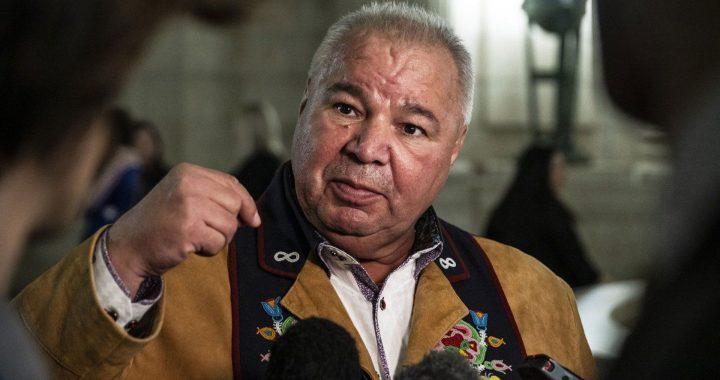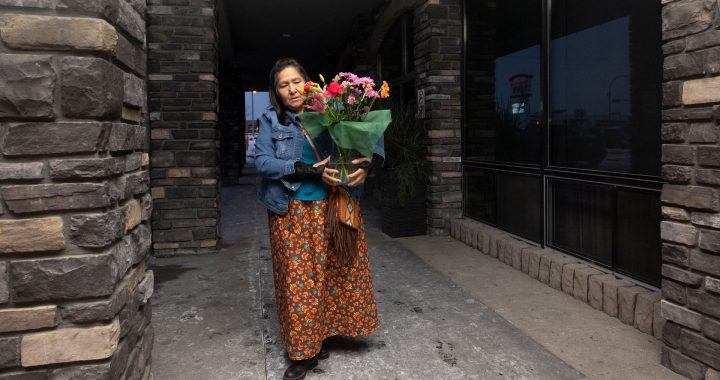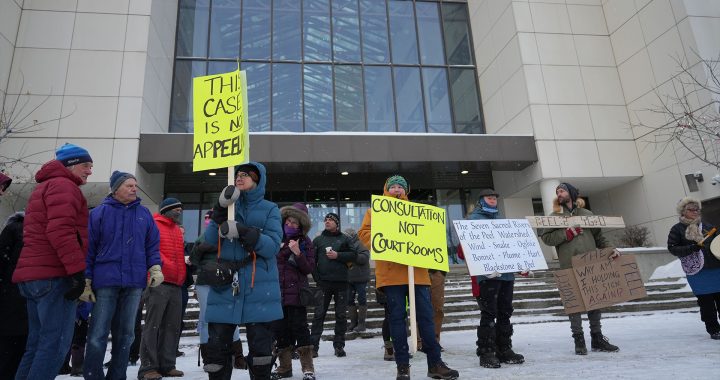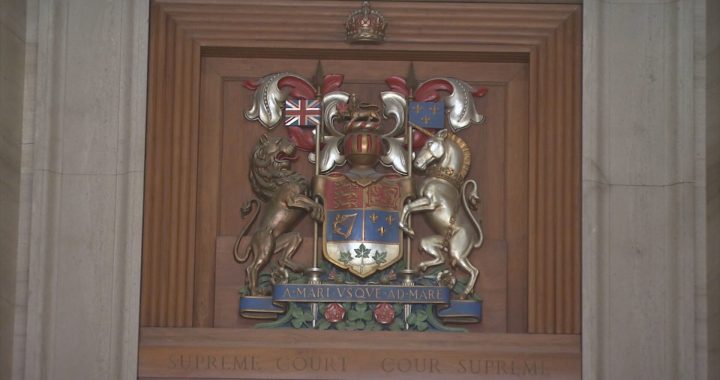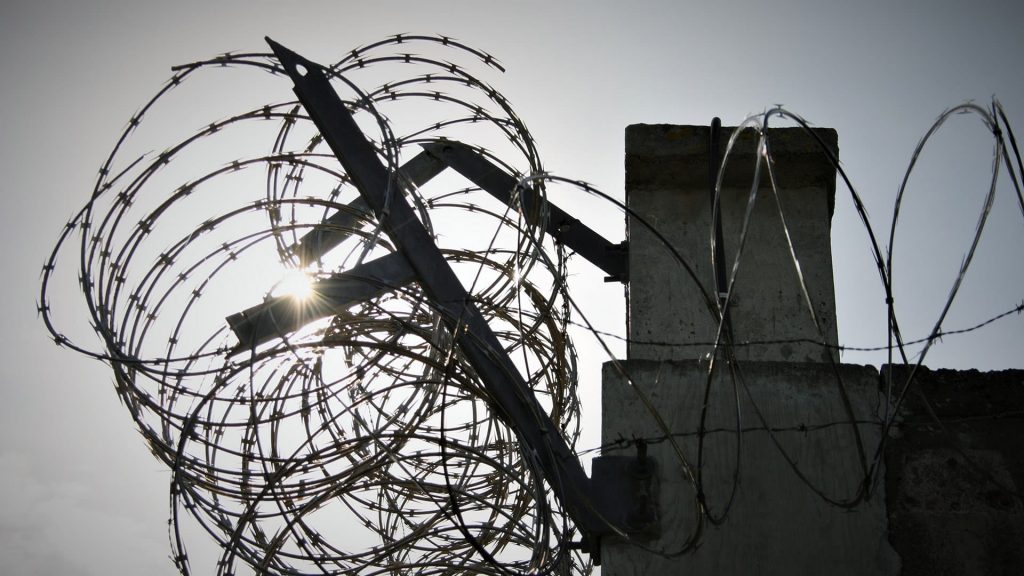
Indigenous people are overrepresented in Canadian criminal courts and far more likely than white people to be convicted and locked up once they come before a judge, according to a recent federal government study.
Justice Canada researchers analyzed how Indigenous accused fared statistically at key stages of the criminal court process compared to white people between 2006 and 2016. The findings, released this year, were grim but not surprising.
Indigenous people made up 25 per cent of all accused in 2016—that is, one out of every four—despite comprising only 5 per cent of the general population. This was up from 19 per cent in 2006.
By comparison the percentage of white people accused of crimes fell from 63 per cent to 55 per cent over the same time period. Similarly, Indigenous accused were 55 per cent less likely than white accused to have their charges withdrawn, dismissed or discharged.
Indigenous people were 33 per cent less likely to be acquitted and 14 per cent more likely to plead or be found guilty. Then, once convicted, Indigenous offenders were 30 per cent more likely to be imprisoned.

This “may be an indication of a greater issue surrounding the fair administration of justice,” the researchers said. They concluded the criminal courts are “contributing to differential and disproportionate outcomes for Indigenous people.”
It comes as no shock to Canada’s prison ombudsman. Correctional Investigator Ivan Zinger has simpler words for this phenomenon: systemic racism.
“These are things that we have known in criminal justice for years—if not decades—and those things have been well documented in past reports,” said Zinger in a phone interview. “It’s just tragic that the overrepresentation continues and has persisted over such a long time.”
The Truth and Reconciliation Commission issued one of those reports in 2015. The commission aimed 17 of its 94 calls to action at improving the administration of justice in Canada and reducing the number of Indigenous people in penitentiaries.
Zinger’s office said three years ago that little progress had been made implementing them. He’s been sounding the alarm for years about the rising number of Indigenous people behind bars.
Read more:
‘Disturbing and entrenched imbalances’: Indigenous people make up 30 per cent of prison population
He urged government to act in January 2020 when the proportion of Indigenous people in federal penitentiaries surpassed 30 per cent. He said that figure now stands at 32 per cent.
The day this number rises by one more percentage point—and fully one in three federal prisoners are Indigenous—is not far away, and Zinger looks forward to it with no anticipation whatsoever.
“I just urge the federal government to start taking action. There’s no shortage of recommendations,” he said. “We need to start looking at an action plan for the criminal justice system that truly will make a difference.”
Not all the disproportionate results were negative. The researchers found Indigenous accused were more likely to have a preliminary inquiry and less likely to have a trial than white accused.
Criminologist Vicki Chartrand’s research documents how Canada’s oppressive policies of colonization, segregation and forced assimilation are connected to high Indigenous incarceration rates. This is what the government’s focus on the numbers misses, she said.

“It shows you the stats but it doesn’t give you the story,” said Chartrand, assistant professor at Bishop’s University. “We need that colonial analysis because racism doesn’t operate outside of a broader systemic framework, so we need to have that understanding of where that racism comes from.”
The Indian agent, residential schools, the pass system, enfranchisement and similar policies used constant surveillance, forced institutional detainment and state-engineered attempts at behaviour modification. As these policies receded in the middle of the 20th century, she said, the criminal justice and penal systems stepped in as modern agents of colonialism founded on the same logic.
“In fact, prison incarceration rates were nil and void up until 1960 when we started seeing the receding of Indigenous segregation policies,” she explained. “The incarceration rate in the federal penitentiaries has only increased every year thereafter, despite all the initiatives at every level of the system.”
In Canada, the minister of justice and attorney general are two different positions occupied by the same person. The attorney general is the Crown’s top law officer who oversees all federal criminal prosecutions, while the minister is the public policy boss.
APTN News reached out to Justice Canada and requested an interview with Minister David Lametti but this was declined. Instead, the department sent a statement calling the statistics “alarming” and “an unacceptable situation.”
The department said it pledged $132.2 million in the last two fiscal years for several different initiatives aimed at implementing Gladue principles, improving access to justice and developing an Indigenous justice strategy.
The department said the United Nations Declaration on the Rights of Indigenous Peoples Act, which became law in June, will also help. Lametti also introduced a bill in February that would’ve rolled back some mandatory minimum sentencing laws, but it died when the election was called.
The department promised to reintroduce the bill when the House resumes.





